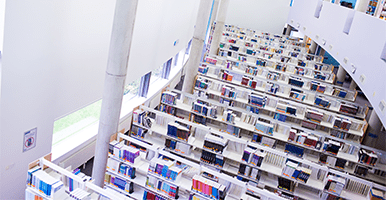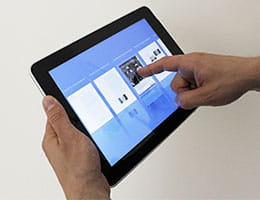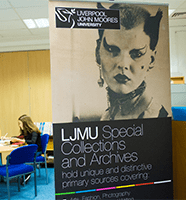The life and work of sculptor Arthur Dooley
Born in 1929, the Liverpool sculptor Arthur Dooley found fame during the 1960s
The Arthur Dooley Archive was set up by the Liverpool Academy of Arts to publicise and gain recognition for the life and work of Arthur Dooley, the Liverpool sculptor. The cataloguing of the archive was made possible through funding from the Heritage Lottery Fund.
Dooley's life and work
Arthur Dooley was born in Liverpool in 1929. After working as an apprentice at the Cammell Laird shipyard, he joined the Irish Guards. His time in the army was crucial to his development as an artist. It was at this time that he became a devout Catholic and also embraced communism. While in military prison, it is said that Dooley began to make sculptures.
When he left the army in 1953, Arthur Dooley continued to study art, first attending classes at Toynbee Hall in London and then observing students and making work from discarded materials at St Martins College, where he worked as a cleaner. He was eventually given a one-man show by St Martins in 1961.
By the early 1960s, art critics were hailing Dooley as ‘a kind of sculptural Brendan Behan’ and his straight-talking seemed to strike a chord with those seeking to challenge the establishment. He returned home to Liverpool and worked in several studios making large-scale works including The Stations of the Cross for St Mary’s church in Leyland (1965).
Arthur Dooley appeared regularly on television, sometimes talking about sculpture, but also defending the rights of ordinary working-class people in his native city. All this helped to make him something of a celebrity and his work was collected by the rich and famous, including Cliff Mitchelmore and Danny La Rue. He was even the subject of ITV’s This is Your Life in 1970.
During the 1970s, Arthur Dooley tried to develop a studio and art school in a converted pub in Woolton. He also continued to exhibit across Britain and work on a number of commissions, including The Speakers Platform at the Pier Head (1973). Politics remained central to his work and he campaigned for the redevelopment of the South Docks, the abolition of high-rise housing and for more help for the long-term unemployed. In 1974, Arthur Dooley produced one of his most famous works - the Beatles memorial titled Four Lads Who Shook the World, which can be found on Mathew Street.
In the 1980s, Dooley founded a workshop for the unemployed in Kirkby, helped to found the Liverpool Academy of Arts and created his final studio at 36 Seel Street. By this time, however, his work was becoming less fashionable and ill-health and financial problems began to make their mark. Arthur Dooley died suddenly in 1994, but left an undoubted mark on Liverpool and has never been forgotten by those who knew him.
You can see an overview box list of the collection. To do so, please contact the LJMU Archivist for further information.




